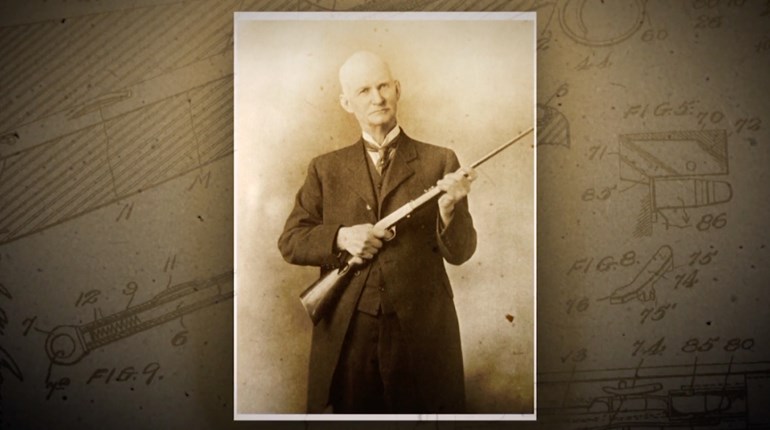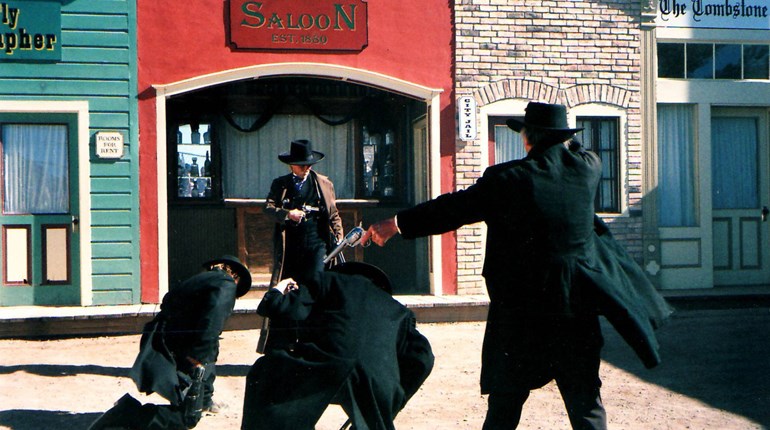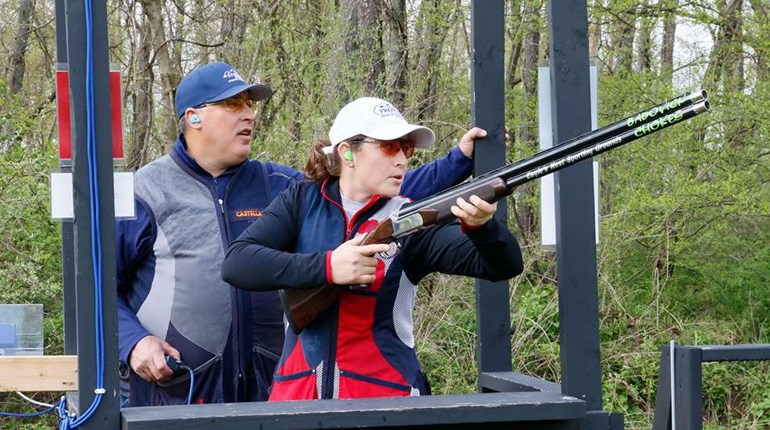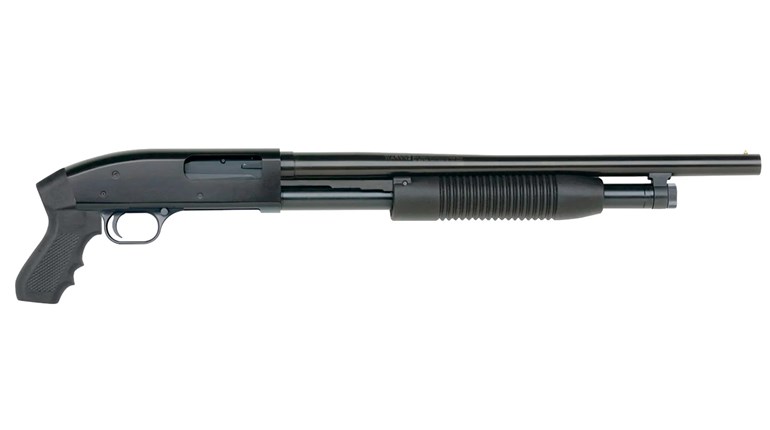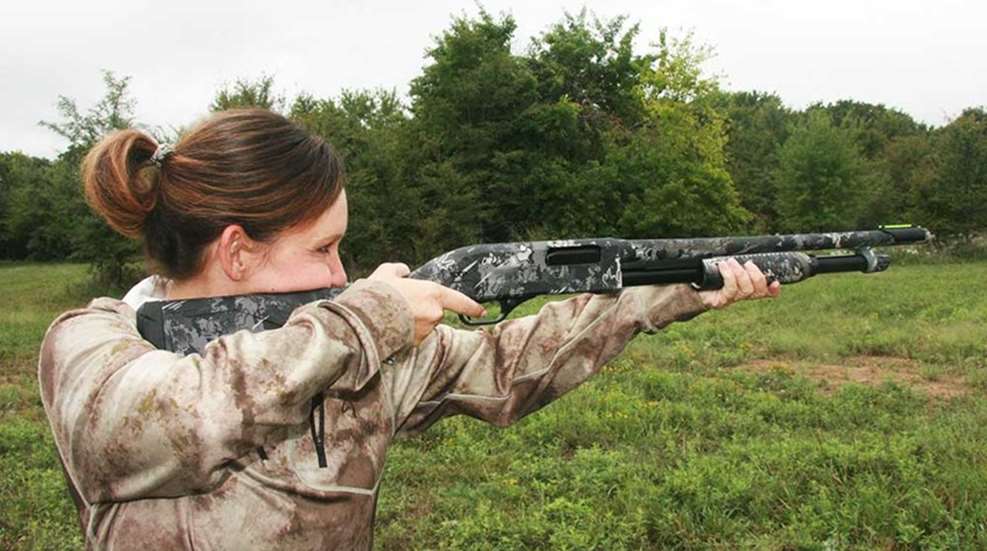
A shooting buddy of mine has owned dozens of shotguns during his lifetime, always convinced that the next one he purchases will be the perfect scattergun—the ultimate firearm that will enable him to hit just one more bird or break just one more clay target. The truth is that there is no “perfect” shotgun. And jumping from brand to brand or model to model searching for it only leads to frustration. But if you want to become a better shot, there is a better way. Below are six tips that can help before and after buying your next shotgun.
1. Match the shotgun to its intended purpose
First of all, how do you plan to use your new shotgun most of the time? Are you mainly a hunter, clay target shooter...or a little of both? That’s an important basic question to answer because whatever gun you choose will be a tradeoff, with advantages and disadvantages either way.
For instance, just one of many things to consider is weight. Hunting shotguns are usually a little lighter than target guns (by a few ounces, to as much as a pound or more) because they are made to be carried a lot but shot relatively little. A target shotgun, on the other hand, is just the opposite; it’s made to shoot a lot but carried relatively little. It helps to make a detailed list of the options you want in a gun before going shopping so as not to get confused by the overwhelming choices on the market.
2. What action is best?
Next is the question of which action to buy. If you’re a waterfowler you may want a pump action because it's a dependable workhorse of a shotgun that can stand up to the rigors of duck and goose hunting. But if you’re a clay target shooter—sporting clays, trap or skeet—a classy over/under may be in order. Or, if you’re a little older like me, possibly a semi-auto would be a wise choice to reduce felt recoil. Again, match the gun’s action to its intended purpose.
3. Buy quality
Whatever shotgun you ultimately buy, make sure it’s a quality firearm; the best you can afford. A quality shotgun won’t instantly make you a better shot—just ask my buddy—but as in any sport, good equipment makes it easier to learn. And just how do you decide what’s quality and what’s not? Visit reputable gun shops, talk to various shooters, read online reviews and, if possible, “try before you buy.” Gun shops with ranges often allow you to shoot a shotgun at a few clay targets, which can tell you much about a particular gun in just a few minutes. Consider it speed dating with firearms. And while you’re shooting, keep in mind before you commit to buy that you are making a long-term investment.
4. Have your shotgun professionally fitted
Once you’ve done your homework and made your purchase—new or used—spend some extra money to have your shotgun professionally fitted. A shotgun that fits properly is at least half the game in shotgun shooting, so don’t skimp here, spend the extra money! I lucked out in this area as my body build is that of “Mr. Average.” Standing 5 feet, 9 inches tall, most American-made shotguns are manufactured for people about my size. Consequently, if you’re close to that size, too, possibly your shotgun may fit you well right out of the box and the stock may not have to be altered. But don’t count on it. Have the fit checked by a professional to be sure.
5. Invest in a shooting coach
Another step in becoming a better shot with your new shotgun is hiring a reputable shooting coach for an hour or two. Yes, I know it’s another expense you probably weren’t planning on—usually from $50 to $100 per hour—but like having a shotgun professionally fitted, hiring a shooting coach to get you on target pays big dividends in the long run. An added advantage is that the same person may also be able to fit your shotgun, as well.
6. Shoot, shoot, shoot
Okay, now comes the fun part—finally. You’ve carefully selected your new shotgun, had it professionally fitted, and spent time with a shooting coach; now the best way to become a better shooter is simply to shoot. A lot. Practice as often as your time and budget will allow. And if you live in a climate that is amenable, shoot year round. Any type of shooting, but particularly wingshooting, is a perishable skill, so keeping your eye and muscle memory honed is important.
As stated earlier, there is no perfect shotgun. There are also no quick, easy shortcuts to becoming a crack shot either in the field or at the range. Rather, it’s a process, beginning with the proper equipment, progressing through instruction and training, and finalizing with continued practice. So instead of endlessly chasing that so-called “perfect” shotgun as my buddy does, buy a quality firearm and then spend the time and money necessary to learn to shoot it well.
The complete procedure will likely require years, so take your time and enjoy the journey. Using this approach, you’ll be money ahead and have more fun along the way, too. Not to mention that you’ll ultimately become a better, more consistent shotgun shooter.













